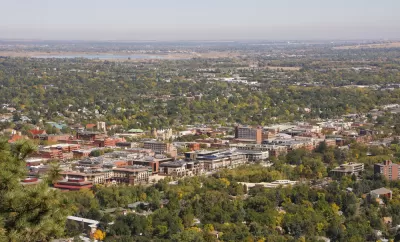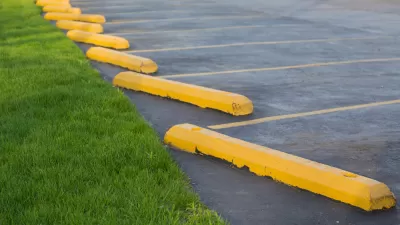Here's a helpful tool for understanding economic growth.

Ian Hathaway presents a geographic analysis of the "Inc. 5000"—Inc. Magazine's list of the fastest growing businesses in the United States.
With the fast growth of the companies on the Inc. 5000, a deeper analysis of the companies on the list provides insight into the U.S. economy. So, for instance, the information technology and health industries account for almost a third of the companies on the Inc. 5000 list. But there's more to be learned from the list.
"An analysis of the geographic location of I5HGCs reveals another concentration—this time by place," writes Hathaway. "[N]early 98 percent of I5HGCs are located in metropolitan areas. Micropolitan and rural areas are headquarters to just two percent."
The largest metropolitan areas do not lead the country in Inc. 5000 company density, however. "Of the top four metros, three are medium-sized—Boulder, Provo, and Huntsville. Only Washington (a large metro) is not," explains Hathaway.
To conclude the article explaining and illustrating his analysis, Hathaway also shares the results of a linear regression analysis designed to assess the factors association with regional Inc. 5000 company density. The analysis identified four variables as especially important in explaining regional density of Inc. 5000 companies: 1) the share of workers with college degrees, 2) the share of workers employed in high-tech industries, 3) the share of the population f prime entrepreneurship age, and 4) the overall rate of business formation in the region.
FULL STORY: High-growth firms and cities in the US: An analysis of the Inc. 5000

Trump Administration Could Effectively End Housing Voucher Program
Federal officials are eyeing major cuts to the Section 8 program that helps millions of low-income households pay rent.

Planetizen Federal Action Tracker
A weekly monitor of how Trump’s orders and actions are impacting planners and planning in America.

Ken Jennings Launches Transit Web Series
The Jeopardy champ wants you to ride public transit.

Crime Continues to Drop on Philly, San Francisco Transit Systems
SEPTA and BART both saw significant declines in violent crime in the first quarter of 2025.

How South LA Green Spaces Power Community Health and Hope
Green spaces like South L.A. Wetlands Park are helping South Los Angeles residents promote healthy lifestyles, build community, and advocate for improvements that reflect local needs in historically underserved neighborhoods.

Sacramento Plans ‘Quick-Build’ Road Safety Projects
The city wants to accelerate small-scale safety improvements that use low-cost equipment to make an impact at dangerous intersections.
Urban Design for Planners 1: Software Tools
This six-course series explores essential urban design concepts using open source software and equips planners with the tools they need to participate fully in the urban design process.
Planning for Universal Design
Learn the tools for implementing Universal Design in planning regulations.
Heyer Gruel & Associates PA
Ada County Highway District
Institute for Housing and Urban Development Studies (IHS)
City of Grandview
Harvard GSD Executive Education
Toledo-Lucas County Plan Commissions
Salt Lake City
NYU Wagner Graduate School of Public Service





























